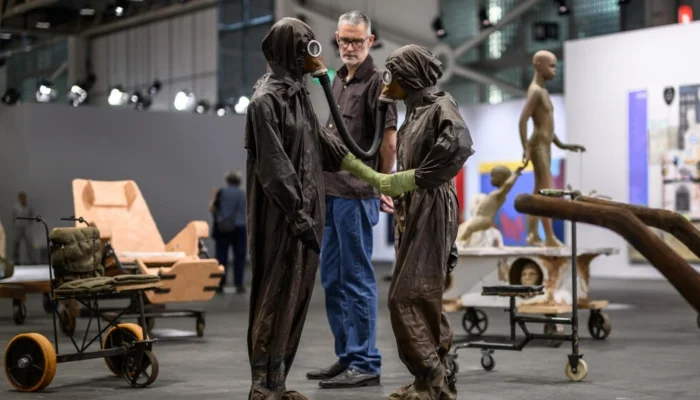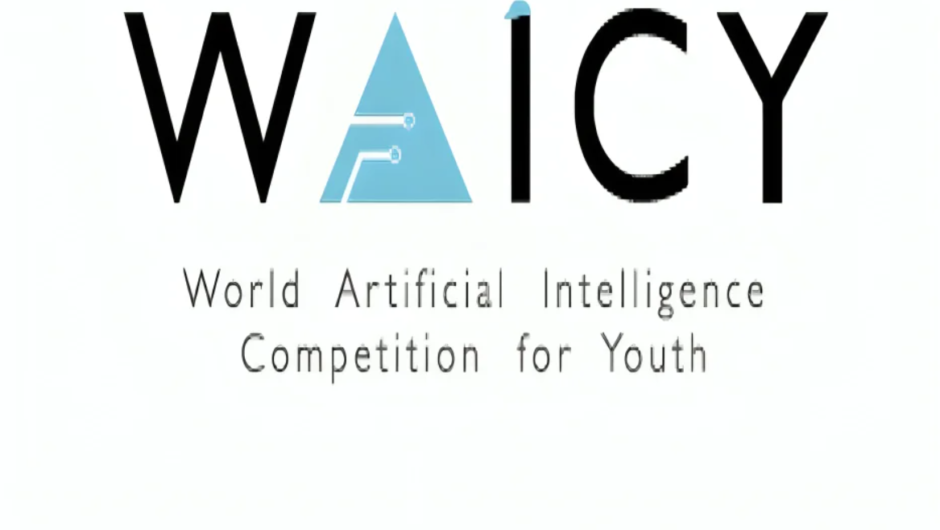The global art market is undergoing a noticeable transformation as a new generation of collectors emerges with fresh tastes, digital fluency, and a growing appetite for contemporary and non-traditional works. Industry players — from galleries and auction houses to online platforms and art fairs — are adapting rapidly, seeking to attract and engage millennials and Gen Z buyers who are reshaping the future of art ownership.
The shift comes at a time when traditional collectors are aging, and the baton of influence is passing to a younger demographic characterized by diverse interests, technological savvy, and a strong focus on personal expression and cultural relevance. This new wave of buyers is not only interested in acquiring Art Market for investment or status but also in supporting emerging artists and movements that resonate with their values.
Digital Platforms Drive Accessibility and Engagement
One of the biggest drivers behind the rise of young collectors is the digitalization of the Art Market. The proliferation of online sales platforms, virtual viewing rooms, and social media-based art marketing has made it easier than ever to discover, research, and purchase artworks without setting foot in a gallery.
Major auction houses like Sotheby’s, Christie’s, and Phillips have significantly expanded their digital offerings, hosting livestreamed auctions and curated online-only sales that appeal to younger audiences. Online art marketplaces such as Artsy, Saatchi Art, and Artnet have also gained popularity, offering a more approachable and transparent entry point into collecting.
Social media, especially Instagram, plays a crucial role in influencing buying decisions. Artists, collectors, and dealers use the platform to showcase work, share studio processes, and connect with a global audience. This visibility helps foster direct relationships between creators and collectors, aligning with the values of authenticity and connection that are important to younger buyers.
Contemporary and Culturally Relevant Art in Demand
Unlike previous generations who often gravitated toward blue-chip artists and classic works, younger collectors are showing a strong preference for contemporary art that reflects current social, political, and environmental themes. Works that explore identity, gender, race, and climate issues are especially in demand.
Emerging artists, especially those from underrepresented backgrounds, are gaining increased attention from this demographic. Collectors are keen to support voices that challenge traditional narratives and offer new perspectives. This trend is also influencing pricing and recognition within the art market, with younger artists achieving high valuations earlier in their careers.
Street art, digital art, photography, and installations are also seeing increased interest. The popularity of these forms is bolstered by their visual appeal and alignment with modern aesthetics, as well as their strong presence on digital platforms.
NFTs and Crypto Influence Collector Behavior
The rise of NFTs (non-fungible tokens) has introduced a new layer to the art collecting landscape. While the initial frenzy around NFTs has somewhat cooled, digital ownership and blockchain-based transactions continue to appeal to tech-oriented collectors.
Platforms like SuperRare, Foundation, and OpenSea have created new avenues for artists to monetize their work and for collectors to engage with digital art. Younger buyers, many of whom are already active in cryptocurrency markets, have embraced NFTs as a way to invest in and showcase art in virtual environments.
Although traditional institutions are still navigating the NFT space cautiously, some galleries and auction houses have begun incorporating NFT sales into their offerings, indicating the long-term influence of blockchain technology on art collecting.
Art Fairs and Galleries Adapt to New Expectations
To remain relevant, galleries and art fairs are evolving their models to attract younger patrons. Many are introducing more inclusive pricing strategies, enhanced digital interfaces, and curated experiences tailored to first-time buyers.
Events such as Art Basel, Frieze, and The Armory Show now offer hybrid programs that blend physical exhibitions with online access, broadening their reach and reducing the intimidation factor often associated with the high-end art world. Educational initiatives and personalized advising services are also helping to build confidence among new collectors.
As younger collectors continue to gain prominence, the art market is being compelled to become more transparent, accessible, and culturally engaged. The next generation is not just buying art — it is redefining what it means to collect it.
Topics #featured #Pakistan #trending pakistan




